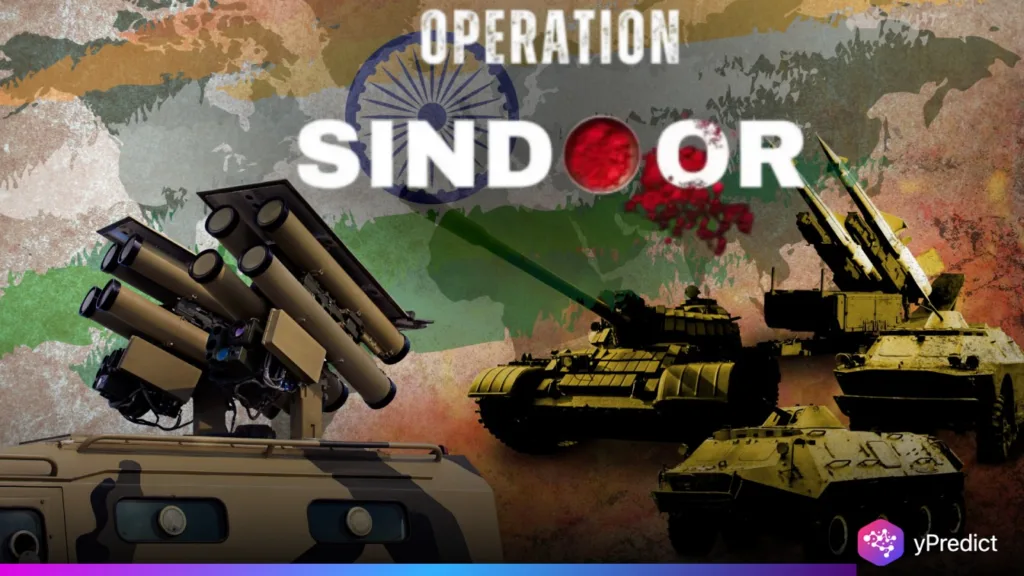
India hyped their AI application in their 2025 Operation Sindoor military strike in May of 2025. ‘Indian Army claims AI-powered systems attained 94% accuracy in targeting, elimination. THIS is a giant step towards AI fighting. The mission switch utilized 26 years of data — terrain, intelligence, and combat patterns. Officials say the system helped reduce collateral damage and made it faster and more accurate. The announcement signifies a pivot in India’s defense strategy, from manpower-intensive battles to intelligent, data-centric warfare. Operation Sindoor is more than a victory on the battlefield; it’s confirmation of a digital-first military era.
Operation Sindoor: AI Accuracy Transforming Warfare
It showed how data can wreak havoc with scalpel precision. With ML models trained on past missions, AI-powered tools sifted through satellite feeds and live signals. The result? Targets identified with 94% accuracy. For example, soldiers answered mail faster, and fewer non-military sites were bombed.
The Indian Army says this victory resulted from pairing human intuition with AI prediction. Officers received AI guidance prior to taking action. It discovered hidden bunkers and suspect escape routes and even calculated the effect of weather on drone sightlines. It’s almost like having a thousand analysts working simultaneously, noted a defense insider.
This strike also highlights India’s growing defense technology self-sufficiency. And the algorithms, built closely, under programs launched after 2022’s defense AI drive. Unlike drones imported from overseas, India’s own had been trained for its terrain, its hills, desert, and thick borders. Operation Sindoor could now be a model for the rest.
And the symbolism wasn’t lost. The operation’s name and imagery, red sindoor powder exploding behind soldiers, linked tradition and technology. It fired off a thesis statement: contemporary war doesn’t cancel culture, it repurposes it.
Ethics, Power, and the Future of AI in Warfare
As much of a step forward as Operation Sindoor is, it is also provoking controversy. What if machines start making life and death choices? Government claims citizens ‘in the loop’, experts warn of hype. AI can mistake heat or motion in slopy dirt.
Even if it’s quality, the arms race is blowing up. The US, China, and Israel are already using AI for surveillance and strikes. India’s entry into this club changes the regional balance. Operation Sindoor’s success could prompt rivals to speed up their own AI efforts.
There’s also a practical side. AI also needs quality data, clear regulations, and strong cybersecurity. One stumble and beautiful tools would be lost. That’s why India’s defense AI policy today stresses transparency and audit trails.
Still, the benefits are clear. Shorter mission times. Fewer casualties. Faster analysis. That efficiency matters for a country with a gargantuan border to secure and hot spots to quell. But the distinction between help and harm is frequently a fine one. The more AI has to chip in, the less it may need humans to do.
Conclusion
Operation Sindoor is a legendary episode in India’s defense narrative. It’s proof that AI will fight in real fights, not just labs or simulations. This fusion of human intuition and machine brute force produced output no hand-crafted method could match. But progress brings responsibility. While forward missions should be just as provocative as moral, as slim as forgiving. India’s defense chiefs now confront a conundrum — when AI defense, but not cross the line. The world will be watching. As Operation Sindoor sinks into history, its legacy will influence how nations envisage smart war for generations to come.






